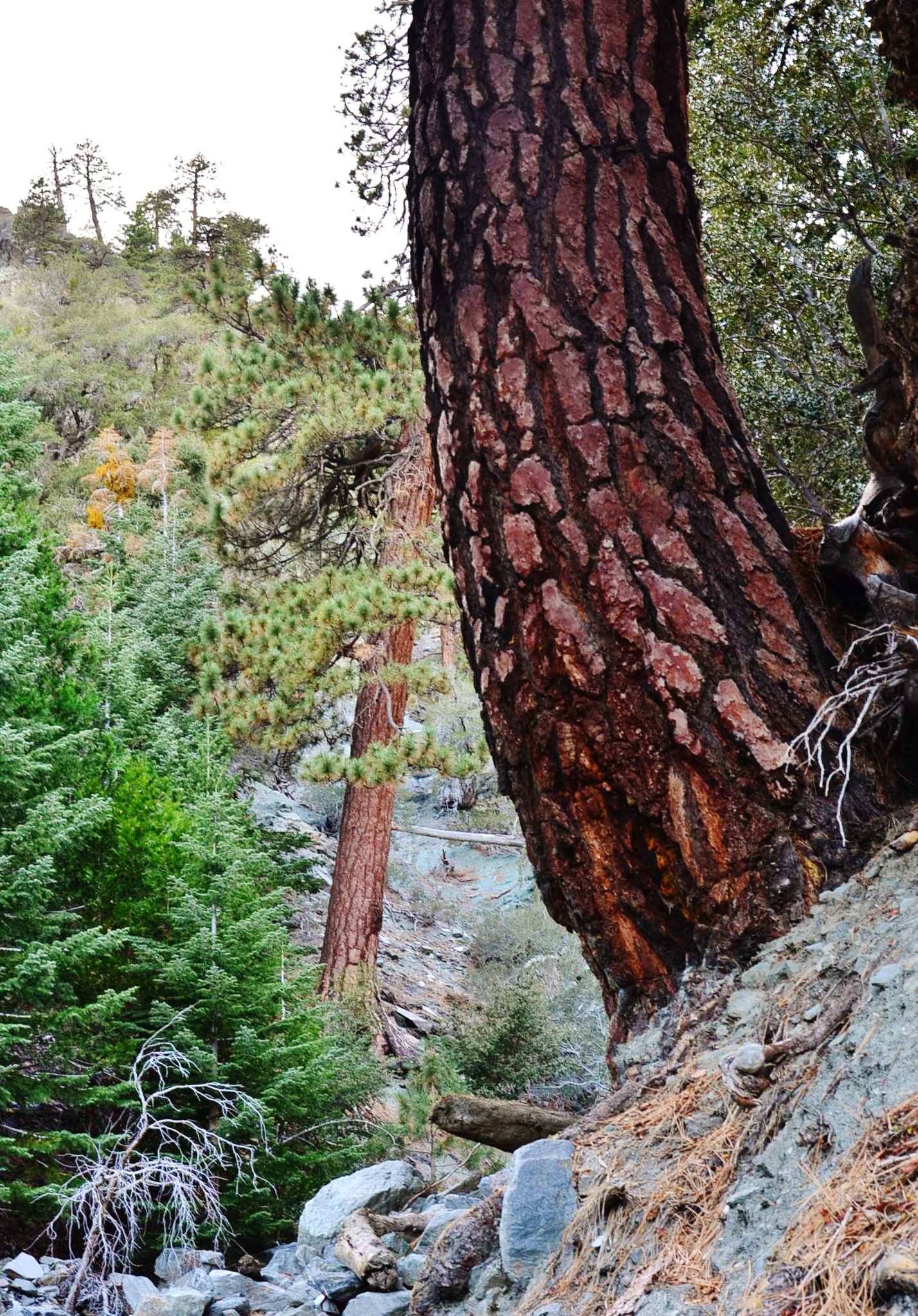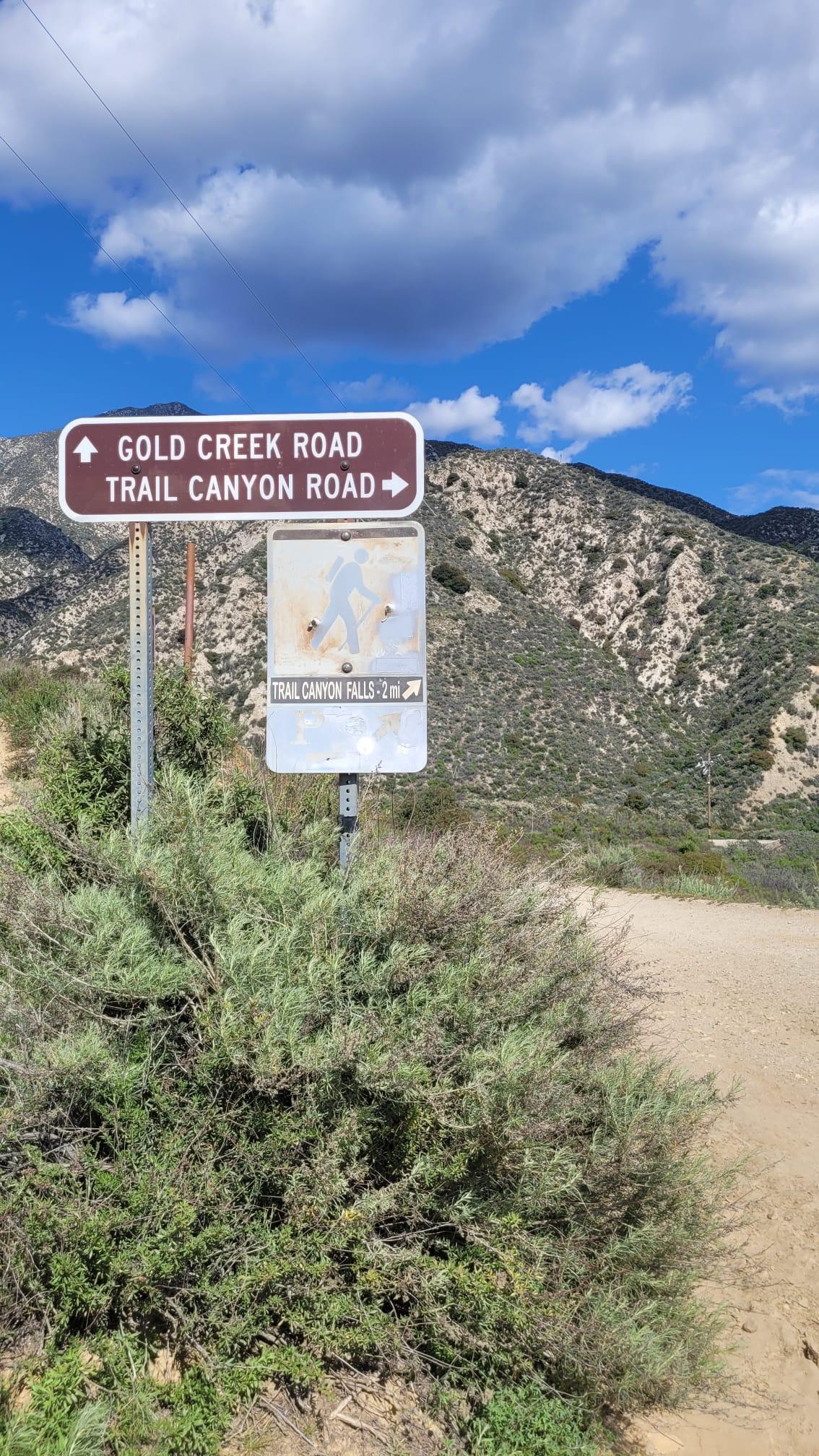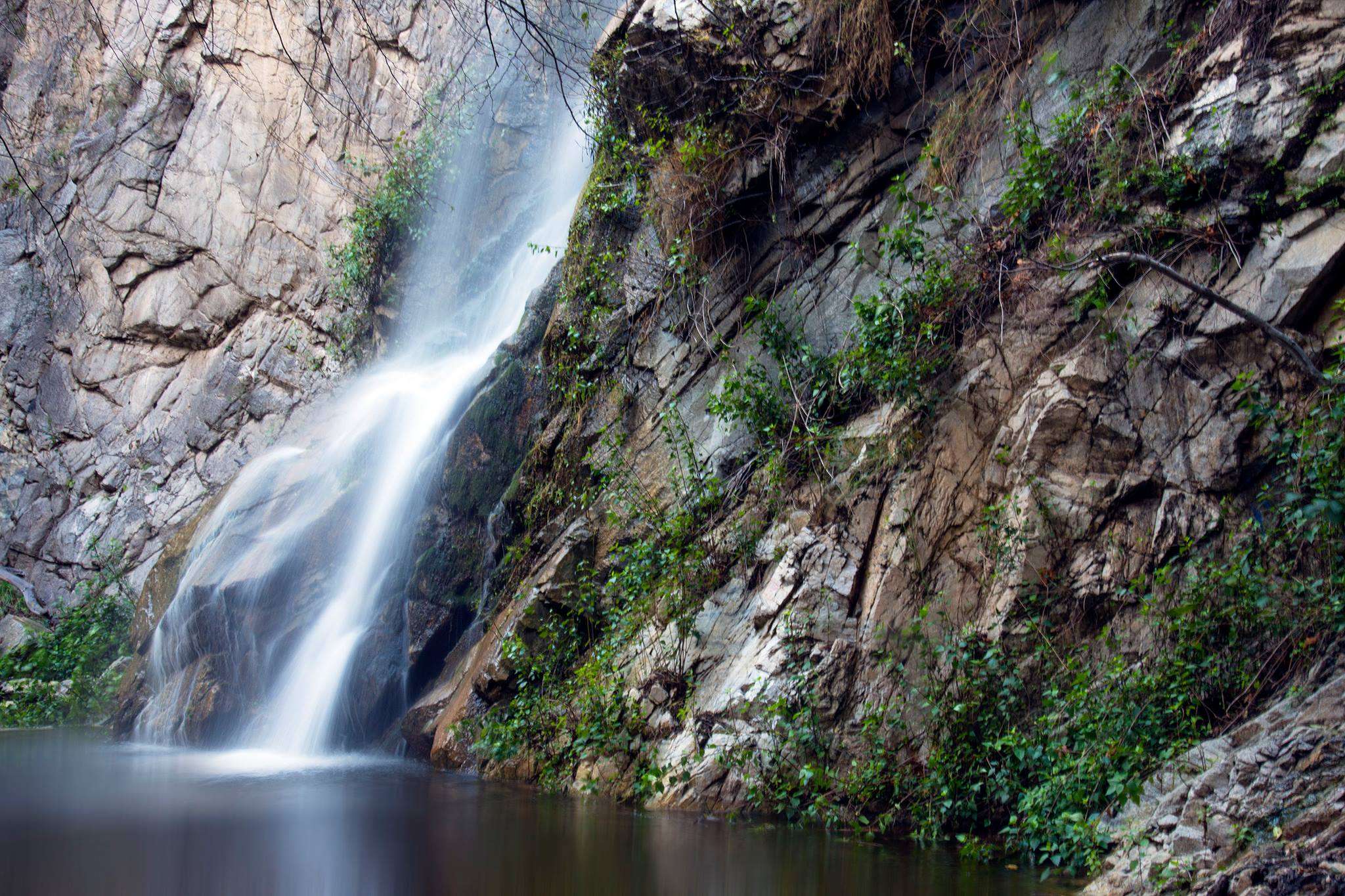Angeles National Forest wildflowers offer a stunning display of nature’s beauty, with diverse species blooming from March to May. The forest’s varied habitats, from meadows to hillsides, host an array of colorful blooms. Golden Yarrow, Baby Blue Eyes, and Tree Poppy are among the early bloomers, while Sweet Alyssum and Silverleaf appear later in the season. This guide explores the best times, locations, and tips for experiencing these natural wonders.
What Are the Most Common Wildflower Species in Angeles National Forest?

Angeles National Forest boasts a rich variety of wildflower species, each contributing to the vibrant tapestry of colors that adorn the landscape. Here’s a breakdown of some of the most prevalent species and their blooming periods:
March Bloomers
- Golden Yarrow
- Baby Blue Eyes (Nemophila menziesii)
- Tree Poppy
- Popcorn Flower
April Bloomers
- Sweet Alyssum
- Silverleaf
- Brittlebush
- Yucca Flower Spires
- Crowtoe
- Desert Dandelion
- Fiddleneck
These wildflowers can be found in various habitats throughout the forest, including:
– Meadows
– Hillsides
– Trail edges
– Canyon areas (e.g., San Francisquito Canyon)
The diversity of habitats in Angeles National Forest contributes to the wide array of wildflower species that thrive in this area. From sun-drenched slopes to shaded canyon floors, each microclimate supports its own unique floral community.
When Is the Best Time to View Wildflowers in Angeles National Forest?

Timing is crucial when planning a visit to see the Angeles National Forest wildflowers. The optimal viewing period typically falls between late March and early May, with some variation depending on weather conditions. Here’s what you need to know:
Peak Bloom Times
- Late March to early April: This is often the sweet spot for many wildflower species.
- Early May: Some late-blooming species may still be visible.
Factors Affecting Bloom Times
- Rainfall: Adequate winter and early spring rains are essential for a robust wildflower season.
- Temperature: Warmer temperatures above 52°F encourage blooming.
- Elevation: Lower elevations tend to bloom earlier than higher areas.
Ideal Viewing Conditions
- Clear, sunny days
- Temperatures above 52°F
- Minimal wind
It’s best to avoid visiting during rainy or very windy conditions, as these can cause flowers to close and make trails difficult to navigate.
Where Are the Best Trails for Wildflower Viewing in Angeles National Forest?
While specific trail information for wildflower viewing in Angeles National Forest is limited, there are several areas known for their floral displays. Here are some recommended spots:
- San Francisquito Canyon
- Known for diverse wildflower displays
- Varied trail lengths and difficulty levels
-
Accessible for most hikers
-
Forest Meadows
- Often hotspots for wildflower viewing
-
Look for open, sunny areas
-
Hillside Trails
- Offer panoramic views of wildflower-covered slopes
- May require more strenuous hiking
When exploring these areas, always stay on designated trails to protect the delicate wildflower ecosystems. Remember to bring plenty of water, sun protection, and appropriate hiking gear.
How Can I Capture the Beauty of Angeles National Forest Wildflowers in Photographs?
Photographing wildflowers in Angeles National Forest can be a rewarding experience. Here are some tips to help you capture stunning images:
Best Times for Photography
- Early morning: Soft light and potential for dew-covered blooms
- Late afternoon: Golden hour light enhances colors
Equipment Recommendations
- Camera with macro lens capability
- Smartphone with high-quality camera
- Polarizing filter to reduce glare and enhance colors
- Tripod for stability in low-light conditions
Photography Techniques
- Use a low angle to capture flowers against the sky
- Experiment with depth of field for artistic effects
- Focus on single blooms for detailed shots
- Capture wide-angle landscapes for context
Composition Tips
- Rule of thirds: Place main subjects off-center for visual interest
- Leading lines: Use trails or natural patterns to guide the eye
- Foreground interest: Include rocks or other elements to add depth
Remember to be respectful of the environment while photographing. Avoid trampling or picking flowers, and stay on designated trails to preserve the natural beauty for others to enjoy.
What Should I Know About Wildflower Conservation in Angeles National Forest?
Preserving the delicate wildflower ecosystems in Angeles National Forest is crucial for their continued existence. Here are some important conservation points to keep in mind:
- Stay on Trails: Always stick to designated paths to avoid damaging fragile plants.
- Leave No Trace: Pack out all trash and avoid disturbing the natural environment.
- No Picking: It’s illegal to pick wildflowers in national forests. Enjoy them with your eyes and camera only.
- Educate Others: Share your knowledge about wildflower conservation with fellow hikers.
- Report Issues: If you notice any damage or illegal activities, report them to forest rangers.
By following these guidelines, we can ensure that the beautiful Angeles National Forest wildflowers continue to thrive for generations to come.
How Does Climate Change Affect Wildflower Blooms in Angeles National Forest?
Climate change is having a significant impact on wildflower populations in Angeles National Forest. Here’s what researchers have observed:
- Shifting Bloom Times: Warmer temperatures are causing some species to bloom earlier in the season.
- Altered Precipitation Patterns: Changes in rainfall can affect the abundance and distribution of wildflowers.
- Species Migration: Some wildflower species may move to higher elevations as temperatures rise.
- Increased Fire Risk: More frequent wildfires can impact wildflower habitats and seed banks.
Researchers and forest managers are closely monitoring these changes to develop conservation strategies that will help protect Angeles National Forest wildflowers in the face of climate change.
By understanding these impacts, visitors can appreciate the resilience of these beautiful plants and the importance of conservation efforts in preserving them for the future.
References:
1. PBS SoCal – Blooming Highlights: Wildflower Walks and Planting Your Own
2. DesertUSA – 2024 Desert Wildflower Reports for Southern California
3. USDA Forest Service – Angeles National Forest – Nature Viewing

